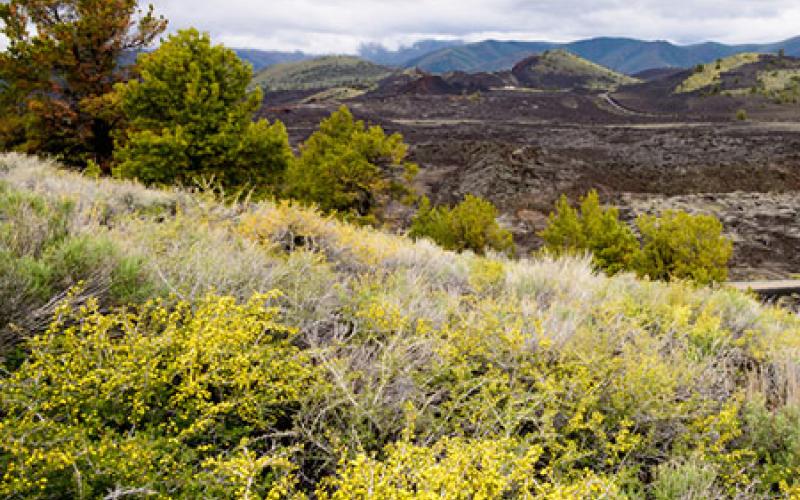Small talk: Addressing challenges to modern day land conservation

Small talk: Addressing challenges to modern day land conservation
Successful land conservation efforts require transparency and collaboration between all individuals involved, a recent analysis found. The first step is for stakeholders to engage in conversation.
Original Paper:
Daniel Moscovici, Mike Coll, and Keith Jones, "Paradigm Shifts in Land Preservation and Conservation: The Essential Modern Discourses," Empowering Sustainability International Journal 2, no. 1 (February 2015): 1-18. e-ISSN: 2373-7565
Land protection techniques in the United States have shifted away from government land purchases. Today, conservation projects are often managed by non-profit organizations, which allows for continued private land ownership. While this approach has been successful in terms of acreage preserved, successful projects rely on complex relationships between varieties of stakeholders. Although the parties involved share a common goal of land protection, it is rare that everyone can communicate individual methods and collaborate effectively.
According to the authors, academic researchers aim to identify and highlight ways in which land conservation benefits local communities. Scholarly research is notorious for its complexity, however, and concepts can be hard to explain to diverse audiences.
Accessibility to academic research is also restrictive, creating barriers to universal circulation of ideas.
Land trusts work toward securing and protecting parcels of land for long-term conservation. An executive director must wear multiple hats in order to secure finances, manage a nonprofit, oversee conserved properties, and identify future projects. Executive directors continually face funding challenges and must constantly target parcels with high conservation value.
Once land is successfully conserved, it is the role of the land steward to conduct monitoring and restoration activities directed toward biodiversity protection. Land stewards are limited by the boundaries of conserved parcels, such as when contiguous areas are necessary for adequate conservation.
The article illustrates the circumstances specific to academic researchers, executive directors, and land stewards in order to describe the complexities of modern land protection initiatives. Actors must retain their unique roles while committing to interdisciplinary conservation. The authors suggest that academic researchers should serve on the boards of directors of land trusts; land trust executive directors should provide practitioner perspective to policy research by collaborating with universities; and all actors should work with land stewards to gain on-the-ground experience with environmental restoration and management. Furthermore, all actors should unite through community engagement and outreach to increase public awareness of benefits associated with conserved land.




